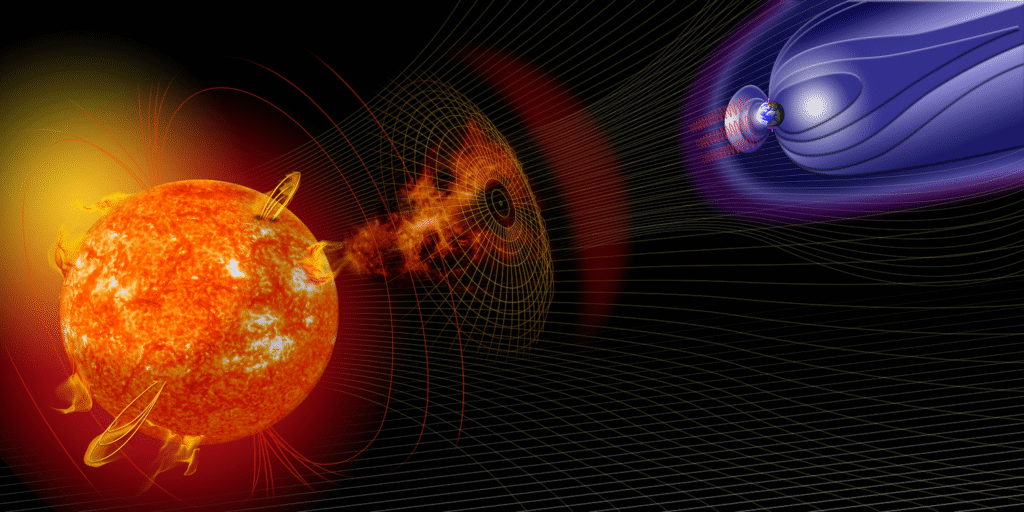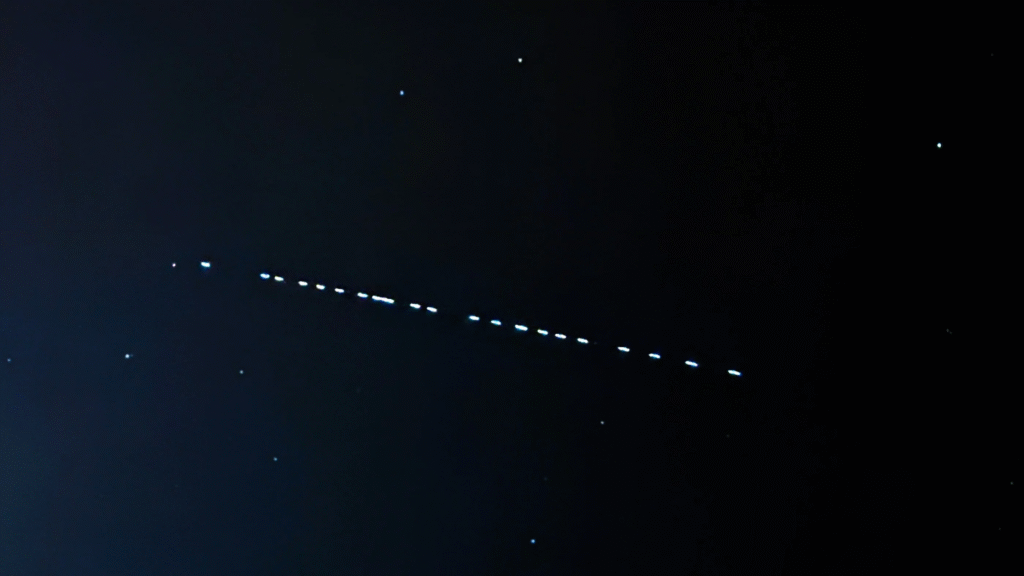How Solar Storms Impacting Starlink Satellites?
Solar Storms Hit Starlink Hard
A NASA study revealed solar storms are causing SpaceX’s Starlink satellites to fall from orbit faster than expected. Published in May 2025, the research shows geomagnetic storms increase atmospheric drag, affecting satellites in low-Earth orbit.

Over 7,000 Starlink satellites are currently in orbit, with plans for 30,000 more. The sun’s peak activity in its 11-year cycle is making these storms more frequent. This is raising concerns about satellite longevity and debris risks.
What Are Solar Storms?
Solar storms are bursts of energy from the sun, like solar flares and coronal mass ejections. They send charged particles toward Earth, disrupting the magnetosphere. These events cause geomagnetic storms, which heat Earth’s atmosphere.
This increases drag on satellites, especially those in low orbits like Starlink’s. The sun’s current solar maximum, peaking in 2024-2025, makes these storms more intense. They can also disrupt communications and power grids.
How Storms Target Starlink Satellites
Starlink satellites orbit at low altitudes, making them vulnerable to atmospheric drag. Geomagnetic storms puff up Earth’s atmosphere, slowing satellites down.

This causes them to re-enter and burn up sooner than planned. A 2022 storm destroyed 40 Starlink satellites shortly after launch. Between 2020 and 2024, 523 Starlink satellites re-entered the atmosphere. NASA says storms can cut satellite lifespans by up to 10 days.
Past Incidents Highlight Risks
In February 2022, a minor geomagnetic storm caused 49 Starlink satellites to fall over the Caribbean. Launched by a Falcon 9 rocket, most didn’t reach their intended orbit.
In August 2024, a piece of Starlink debris was found on a Canadian farm, raising concerns about ground risks. These incidents show how solar storms can disrupt SpaceX’s constellation and create potential hazards.
SpaceX’s Response to the Crisis
SpaceX has acknowledged solar storms’ impact but reported minimal service disruptions. During a major May 2024 storm, Elon Musk said Starlink satellites were “under a lot of pressure” but held up.
The company told the FCC that the average user faced less than a minute of disruption. SpaceX actively maneuvers satellites to avoid collisions during storms, with thousands adjusted in May 2024. No detailed comments were made on the recent NASA study.
Future Challenges and Solutions
With plans to expand Starlink to 30,000 satellites, SpaceX faces growing risks from solar activity. NASA suggests better space traffic management and storm forecasting to reduce losses.
Improved satellite designs could help withstand drag, but many lack controlled re-entry systems. Debris from re-entries could pose risks if not fully burned up. SpaceX continues launches, with 23 satellites sent up in May 2025, showing resilience despite challenges.
Solar storms have long been a challenge for satellites, but Starlink’s massive constellation amplifies the issue. With over 60% of the 7,500 satellites in orbit, Starlink dominates low-Earth orbit. The 11-year solar cycle, now at its peak, increases storm frequency, threatening satellite operations.
Past events, like the 2003 storm, caused similar disruptions, but today’s crowded orbits heighten the stakes. SpaceX’s ambitious plans, including using Starship for larger satellite deployments, face new hurdles as solar activity tests their systems.
Meanwhile, the space industry is shifting, with SpaceX’s 2025 revenue projected to surpass NASA’s budget, highlighting the growing role of private companies. Addressing solar storm impacts will be critical for SpaceX to maintain its lead in satellite internet and space exploration.

